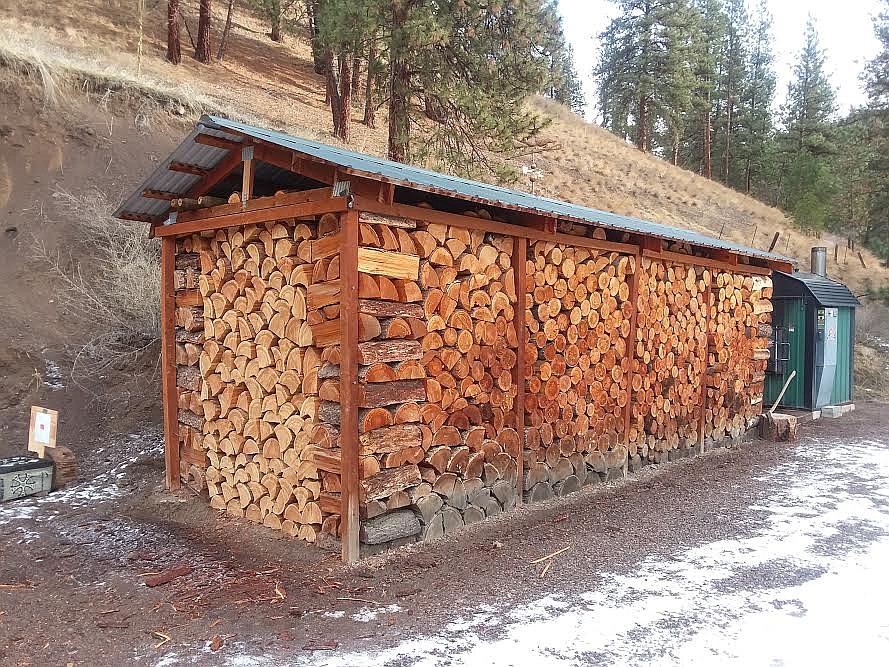Prepare now for winter home heating
Each year, as cooler temperatures settle in, Montanans must prepare and ready their homes for the long winter months ahead.
This includes regular yardwork and winterizing projects...
Become a Subscriber!
You have read all of your free articles this month. Select a plan below to start your subscription today.
Already a subscriber? Login



